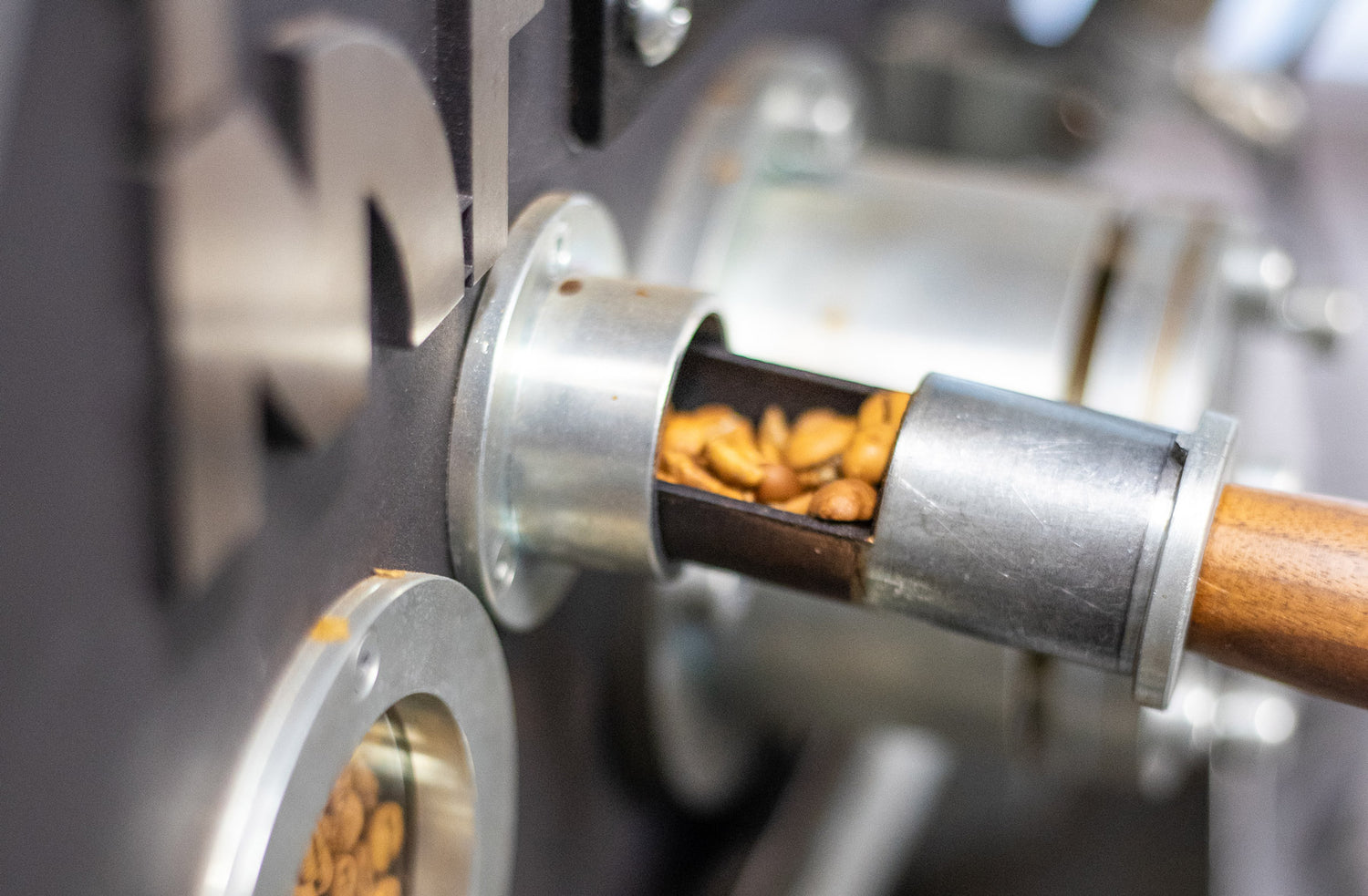This is how we roast our coffee beans
Roasting coffee is easy, but roasting it exactly the way you want it and knowing what happens in detail is based on a lot of experience. The basis for this is a methodical approach. Coffee roasting is a very complex chemical reaction in which the smallest deviations in the roasting profile give the taste - aromas, acidity, sweetness, mouthfeel - a completely different character. In addition to optimally highlighting the characteristics, you can also consciously emphasize them in different ways. In addition, of course, every green coffee behaves slightly differently when roasted due to different varieties, climatic conditions on the farm, processing processes, etc. The combination of all these factors ultimately results in a very good roast that can be reproduced at any time.
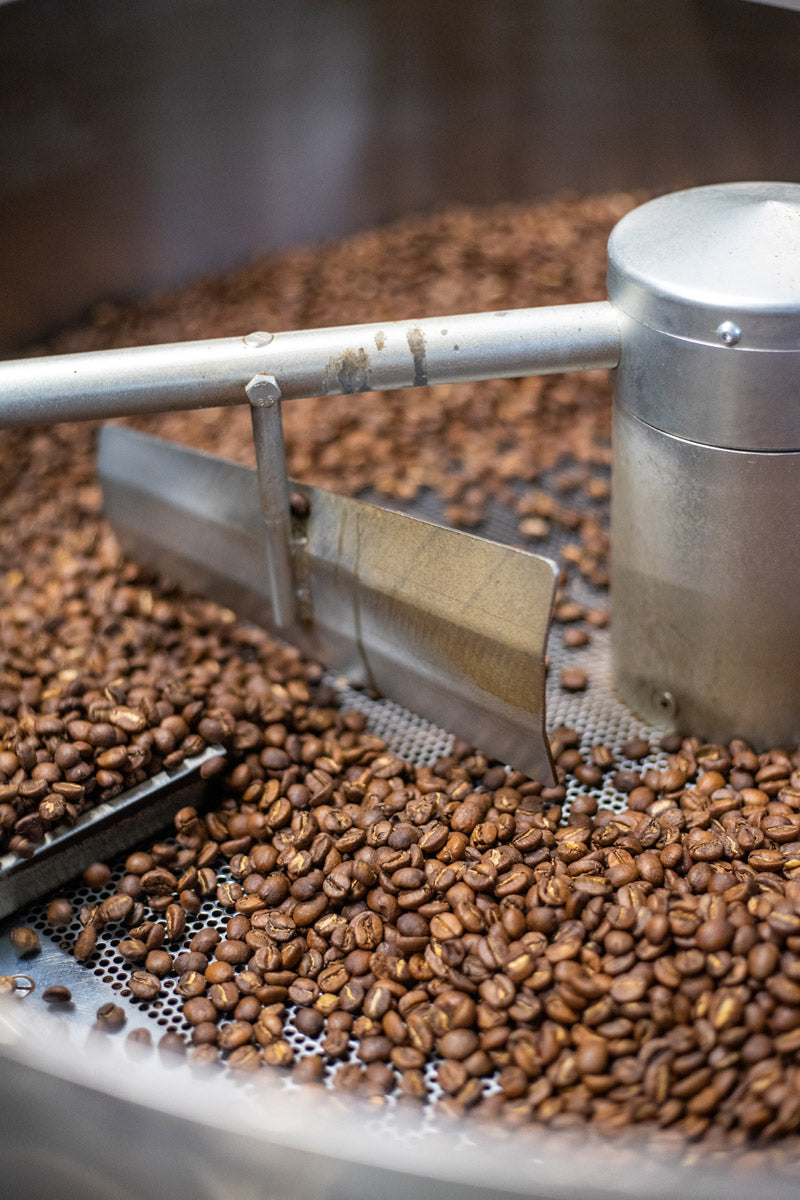
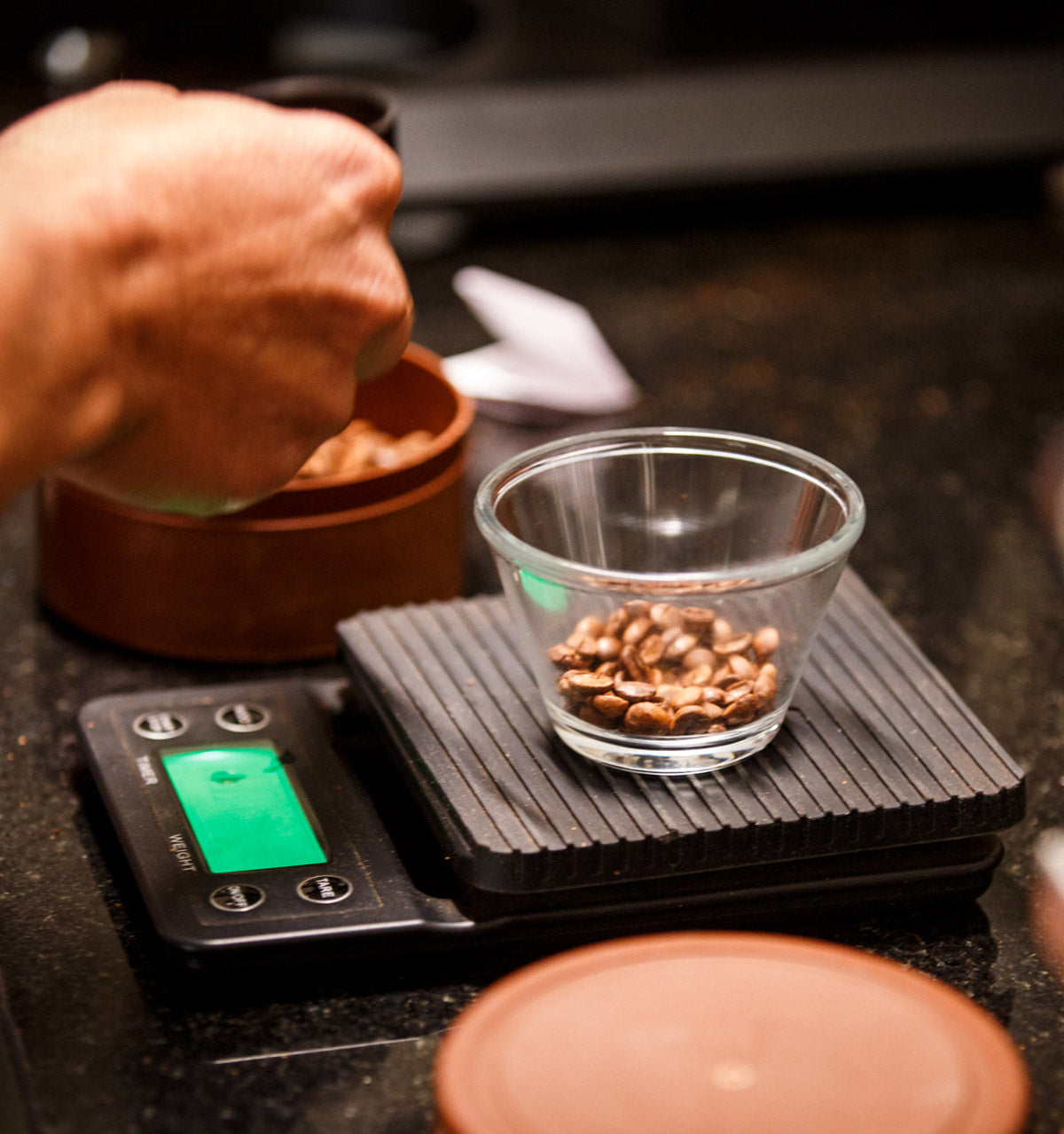
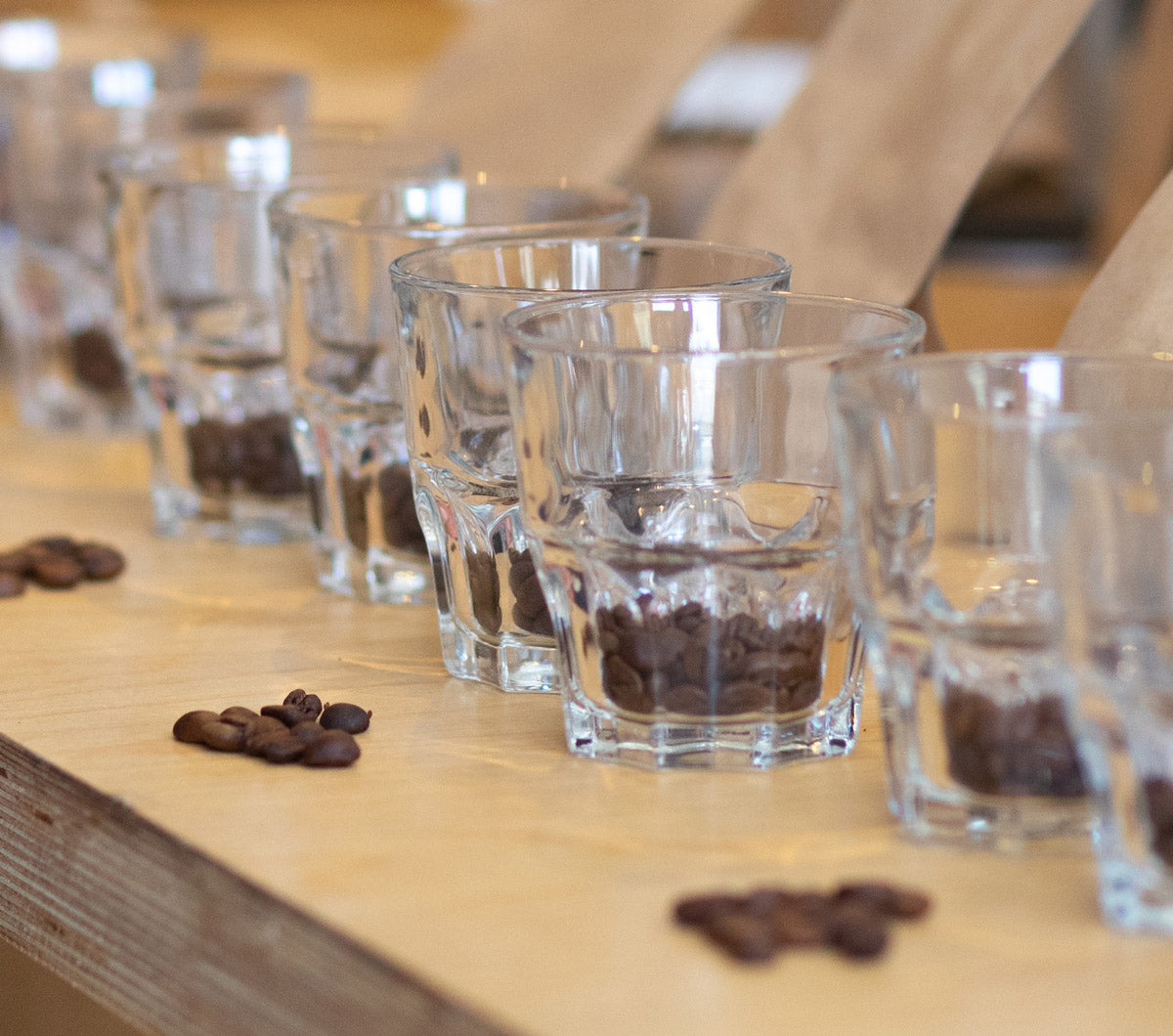
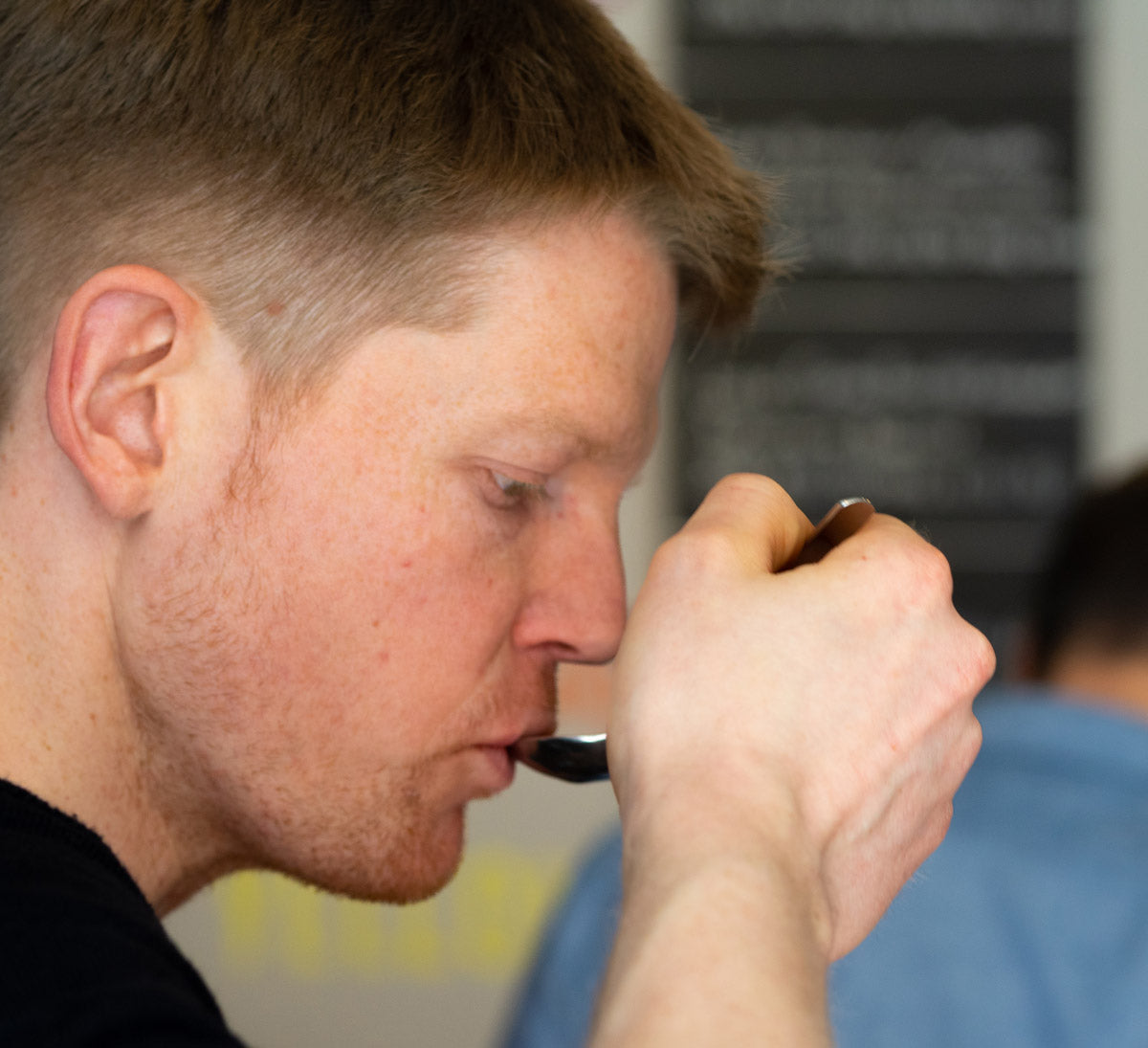
Quality management
Since August 2025, we have been roasting on a Loring S35 Kestrel drum roaster. Our roasting machine is heated with gas. We filter our exhaust air in an environmentally friendly manner with an antistatic filter. We roast all coffees separately and check each batch for missing beans, color deviations and burn homogeneity. All profile processes are captured and recorded.
We also cup (taste) each batch to make sure that the roasting really corresponds to how we imagine it. Since a lot of CO2 comes out of the coffee bean in the first few hours after roasting, this causes oxygen to be displaced from the bag (valve) and thus leads to good preservation of the aromas. That's why we package our coffees immediately after cooling. We recommend that you consume the coffee between the 7th and 40th day after roasting.


